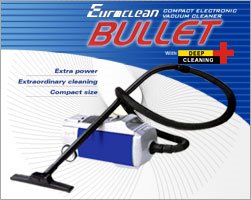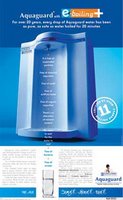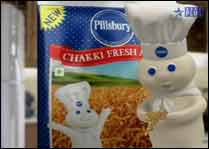Brand : Reid & Taylor
Company: S Kumars
Agency: In House agency
To build a premium Indian brand, start globally and ride locally. Reid&Taylor did just that. This brand had revitalized the India suiting market. Launched in 1998, this brand ranks n o.2 in the 2000 crore worsted suit market.
o.2 in the 2000 crore worsted suit market.
Indian suit market was lying idle for a long time because of the onslaught of ready to wear garments and the lack of any excitement in the category as such which was dominated by established players like Raymonds, Grasim etc.
Reid and Taylor is a Scottish brand created by Alexander Reid along with financier Joseph Taylor. This brand has a rich heritage dating back to 1830.
Reid&Taylor had a dream opening. The strategy was accurate and the icon was non other than Bond... James Bond. The brand was launched just before World cup 1999. The campaign was executed in a military like fashion.There was lot of firsts in their product launch. The brand was the first one to use TV as the primary medium with Print playing the second fiddle.
The positioning was purely as a " Luxury Suiting". The brand owners knew that the brand launch should live upto the expectation of the Indian consumers roped in none other than Pierce Brosnan as its brand ambassador. With the high profile launch and the charis ma of Bond worked wonders with the brand . The brand had second best recall during the world cup series.
ma of Bond worked wonders with the brand . The brand had second best recall during the world cup series.
Company: S Kumars
Agency: In House agency
To build a premium Indian brand, start globally and ride locally. Reid&Taylor did just that. This brand had revitalized the India suiting market. Launched in 1998, this brand ranks n
 o.2 in the 2000 crore worsted suit market.
o.2 in the 2000 crore worsted suit market.Indian suit market was lying idle for a long time because of the onslaught of ready to wear garments and the lack of any excitement in the category as such which was dominated by established players like Raymonds, Grasim etc.
Reid and Taylor is a Scottish brand created by Alexander Reid along with financier Joseph Taylor. This brand has a rich heritage dating back to 1830.
Reid&Taylor had a dream opening. The strategy was accurate and the icon was non other than Bond... James Bond. The brand was launched just before World cup 1999. The campaign was executed in a military like fashion.There was lot of firsts in their product launch. The brand was the first one to use TV as the primary medium with Print playing the second fiddle.
The positioning was purely as a " Luxury Suiting". The brand owners knew that the brand launch should live upto the expectation of the Indian consumers roped in none other than Pierce Brosnan as its brand ambassador. With the high profile launch and the charis
 ma of Bond worked wonders with the brand . The brand had second best recall during the world cup series.
ma of Bond worked wonders with the brand . The brand had second best recall during the world cup series. Later the consumer survey revealed that even though the brand was aspirational, customers perceived it to be expensive because of its international icon. This prompted the company to look for an Indian icon. They did not have to search harder, the choice was our very own Amitabh Bachchan. Big B fitted perfectly to the brand persona. He was the style icon and commanded immense equity with the customers. Amitabh lifted the brand to a much higher level in connecting with Indian consumer. The positioning was not changed but the message was to create an image of affordability. The baseline was " Bond with the Best" was in line with the positioning.
S kumars plan to take this brand to ready to wear segment also where it will be competing with Louis Philippe , Van Heusen, etc. It is where this brand will prove its mettle. With the current positioning and the careful marketing campaigns, this brand will make an impact in ready to wear segment .











